Tag: Featured
-

Wearables monitor health, safety at work
IBM Research in Haifa, Israel, is developing wearable tech to monitor health and safety at work. Sensors will be integrated into helmets, vests, and gloves, to track worker activity and location. Data can identify risky situations, such as exposure to extreme temperatures, noise, and gas. Lifting angles that can injure the spine, overexertion and hydration…
-

Respiratory motion system for improved lung tumor imaging
U of T professor Shouyi Wang has developed a mathematical model based, personalized respiratory motion system for more precise lung tumor imaging. Respiratory gating, or a patient’s motion breath-by-breath, is monitored, and the data is used to focus a radiology beam on the target when the chest cavity is relaxed. This is the stage that…
-
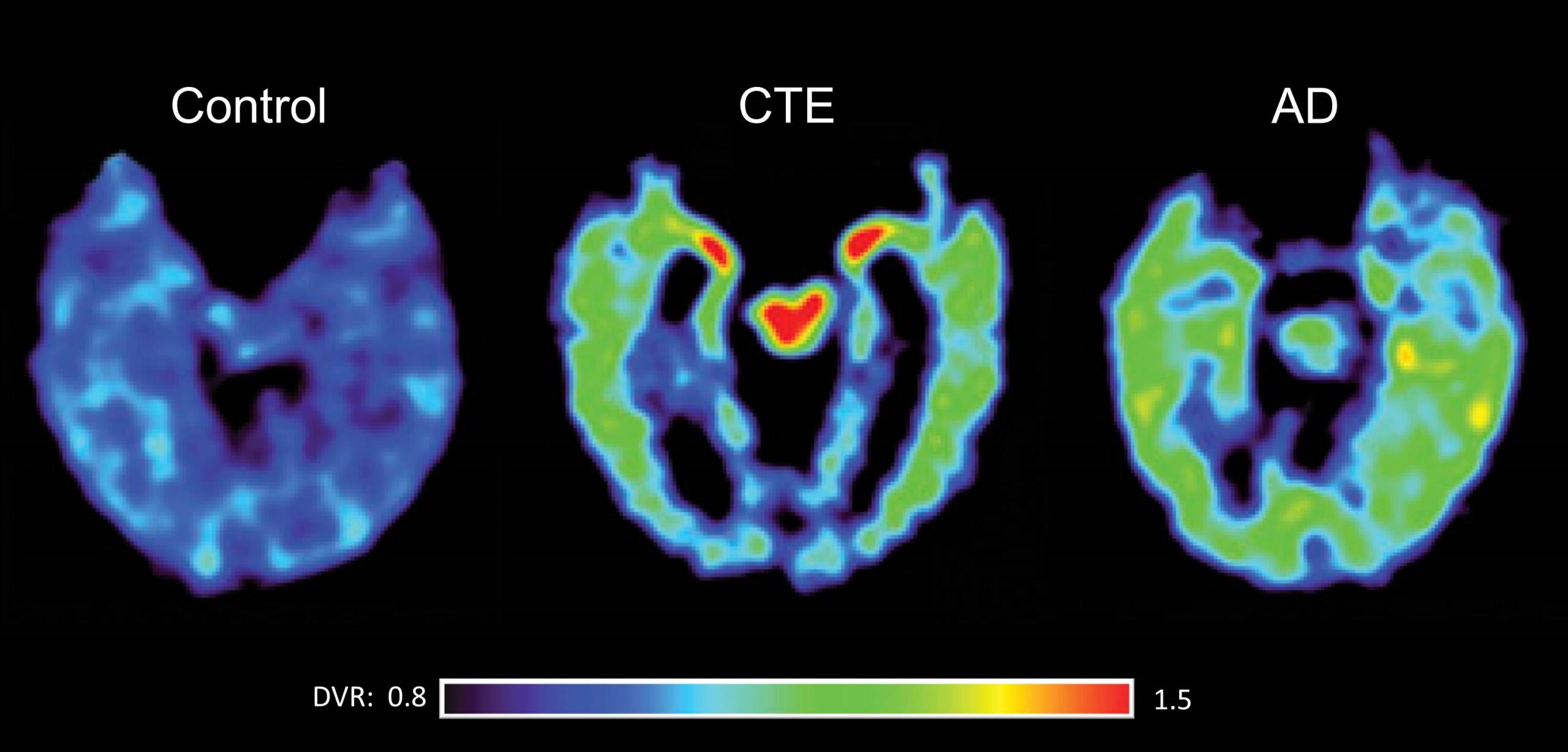
CTE/sports head trauma link examined
BU, Cleveland Clinic, Banner Alzheimer’s Institute and Brigham and Women’s have received a $16 million NIH grant to improve the detection and diagnosis of chronic traumatic encephalopathy, and examine risk factors for the disease. The study is the first to examine CTE in living patients, with the goal of understanding the link between CTE and head…
-
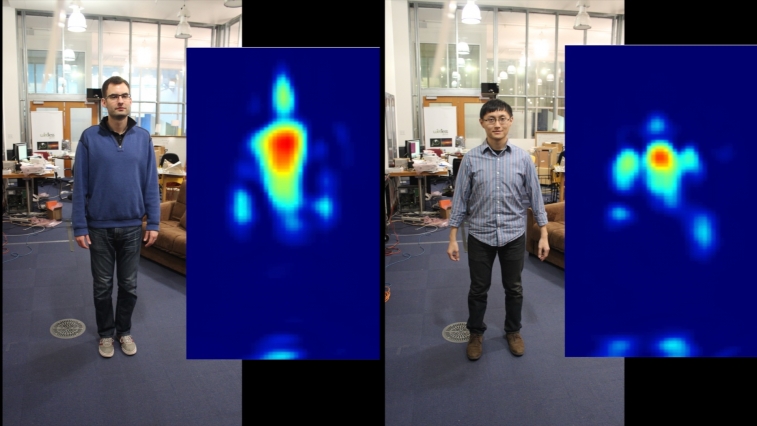
“X ray” vision for fall prevention, motion detection
Dina Katabi and MIT colleagues are using radio signal based software to recognize human silhouettes through walls, and track movements. The technology is intended to help monitor children and the elderly, and could be used by the military and the police. The signal is displayed on a screen, where movements are tracked in real time. The person is…
-
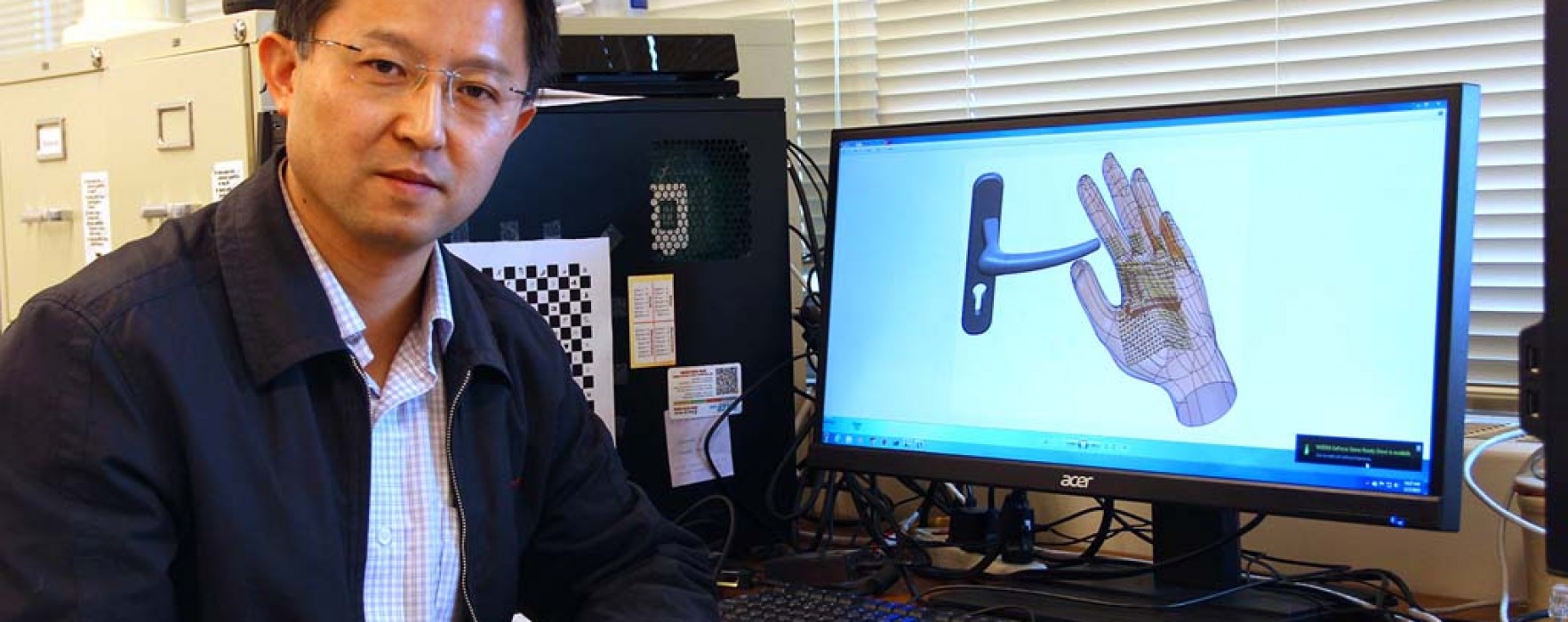
Robotic “glove” helps sight-impaired navigate, sense, grab objects
University of Nevada’s Yantao Shen is developing a hand-worn robotic device to help blind and sight impaired people navigate around obstacles, or locate, sense and grasp objects. Examples include picking up a glass or operating a door handle. The technology combines vision, tactile, force, temperature and audio sensors. According to Shen: “The visual sensors, very high…
-
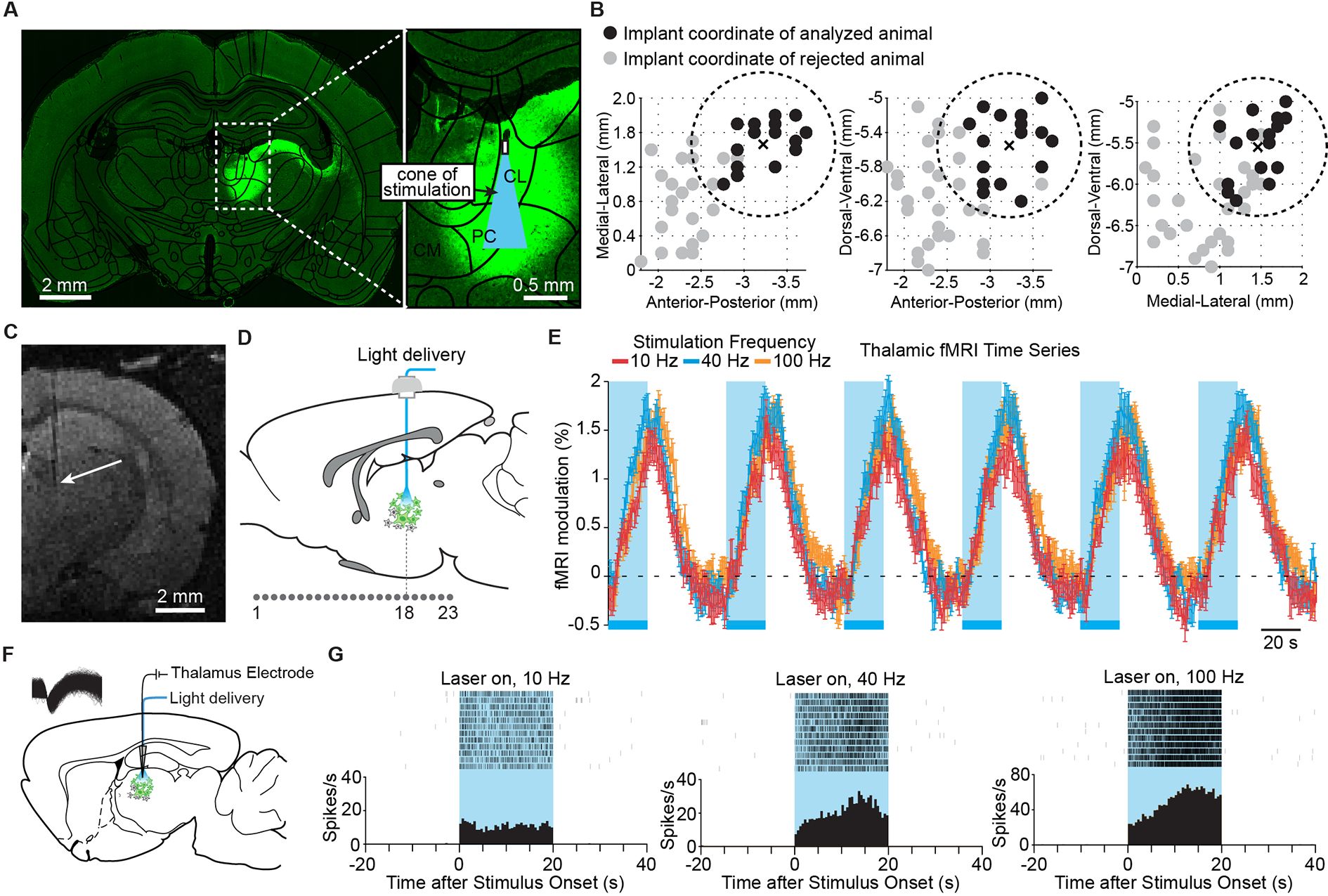
Study: Thalamus stimulation alters activity, alertness
Stanford researchers have used optogenetic lasers targeted at the thalamus to turn whole-brain activity on and off in rats. They hope that this will lead to improved optogenetic therapy for humans, as the thalamus controls memory, attention, and sleep. The study was led by Jin Hyung Lee, Hyun Joo Lee, Jia Liu, Andrew Weitz and Zhongnan Fang.…
-
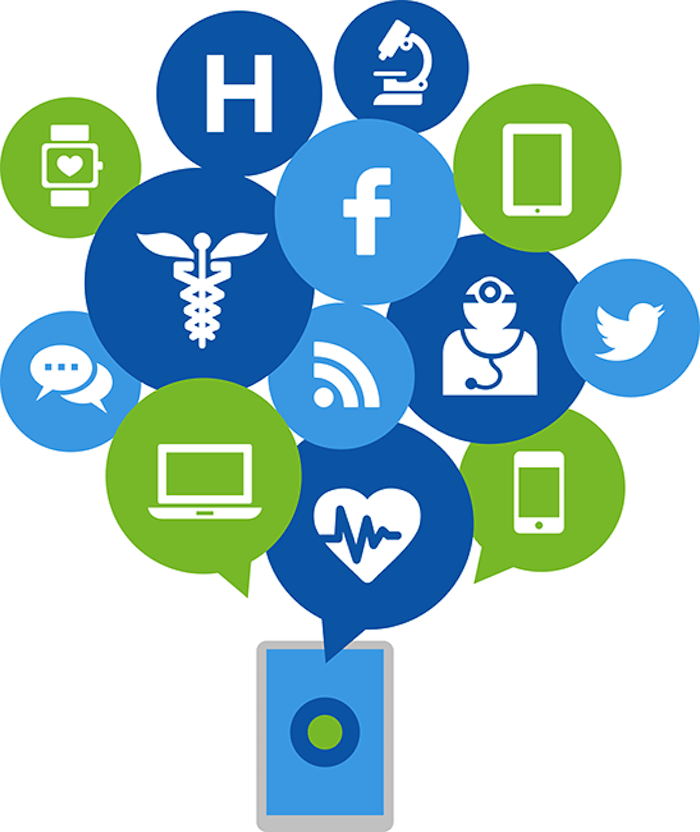
AI for diabetes management
Novo Nordisk and IBM Watson are partnering to create an AI system to help diabetes patients better manage their disease. Data from continuous blood sugar monitors will be analyzed and used to inform treatment decisions, such as insulin dosage. Food intake, exercise and the timing and dosage of insulin injections could also be added to…
-
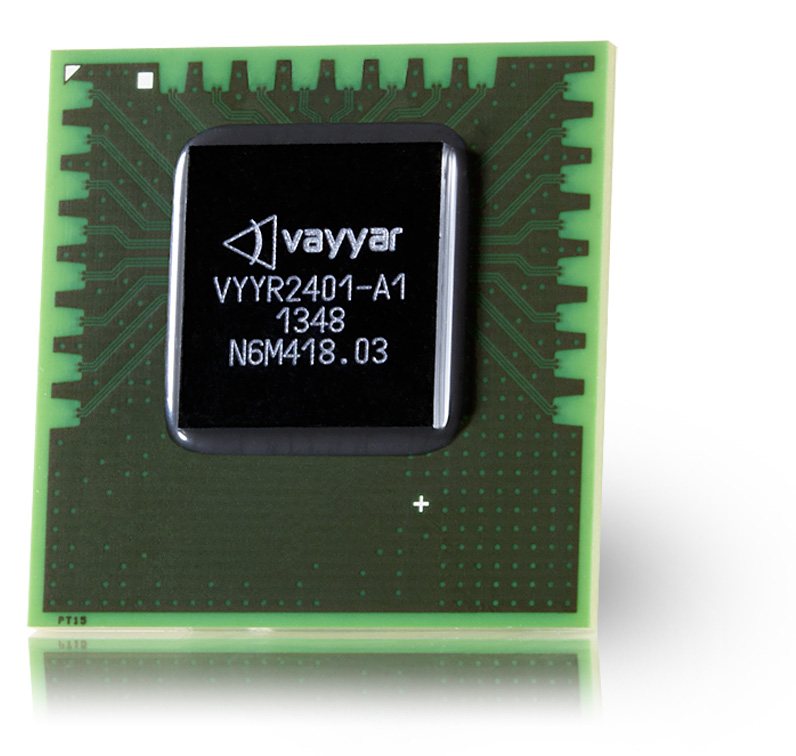
Mobile 3D imaging for early breast cancer detection
Vayyar is a 3D imaging company that aims to turn every mobile device into an advanced imaging system. The company, which focuses on breast cancer detection, among other applications, claims that it can better detect anomalies, at an earlier stage, than traditional methods. The technology will be demonstrated at CES next month. ApplySci looks…
-
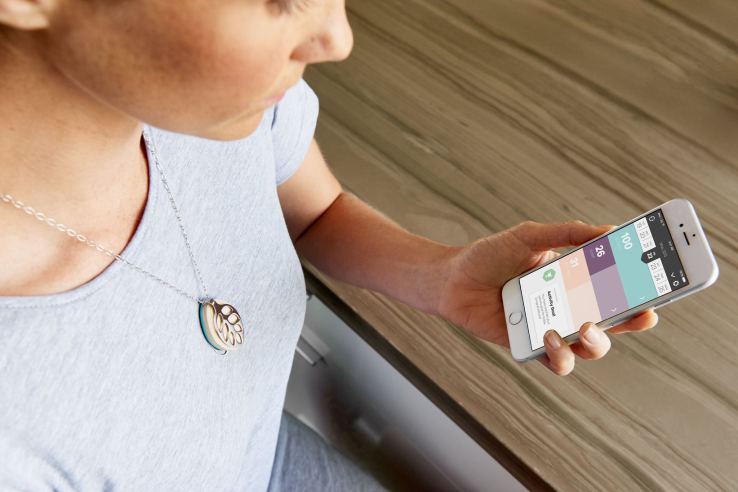
Multi-function wearable tracks steps, sleep, ovulation
Many who wear multiple wearables like the idea of streamlined, multi-function devices. Leaf by Bellabeat is one such monitor, designed for women. It tracks steps taken, sleep quality, menstruation and ovulation, and offers guided breathing exercises to reduce stress. The attractive device can be worn as a pendant around the neck, as a bracelet on the…
-
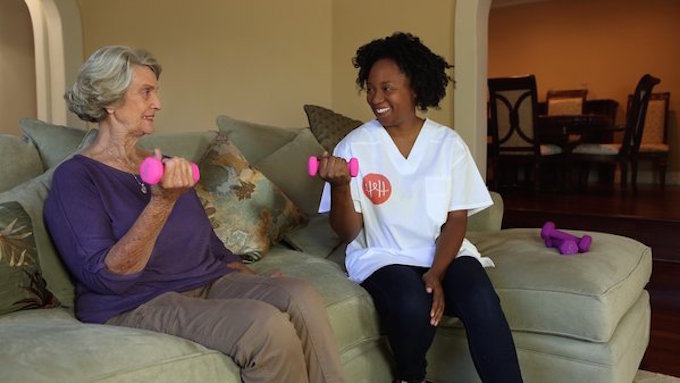
Senior caregiver matching + crowdfunding
HomeHero is a senior caregiver site that uses an algorithm to match families with carers, and provides video interviews, daily, mobile access to care reports and security camera feeds. While it is not the only caregiver matching site, it is perhaps the slickest, and has one standout feature — the ability to crowdfund care via…
-
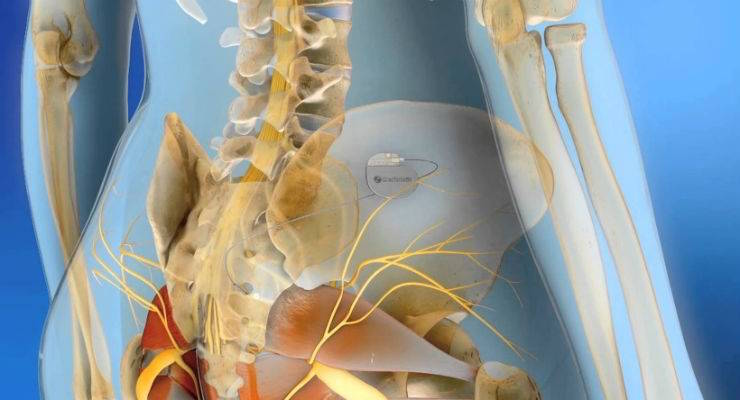
Implant + wearable to track neuromodulation effectiveness
Medtronic is linking its implanted devices with Samsung’s phones and tablets to better monitor the effectiveness of neuromodulation technologies. (Click to view Samsung release.) Those with implanted neurostimulators, which send electronic signals to targeted areas of the brain to block symptoms, can have a more active role in the management of their diseases. Parkinson’s, essential tremor and…
-
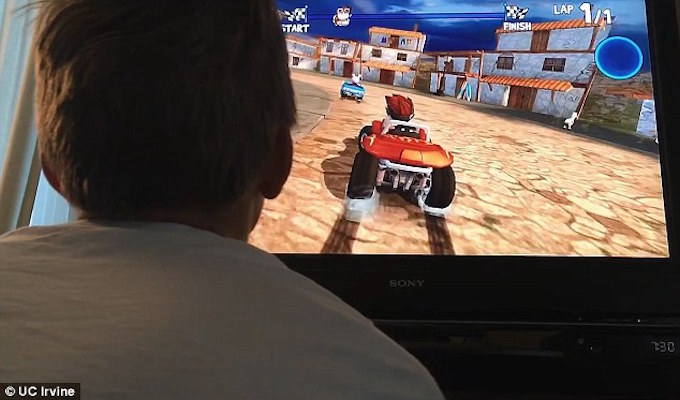
3D games boost memory test performance
A study by UC Irvine professor Craig Stark has shown that playing 3D video games can boost performance on memory tests by up to 12 percent. (This is the typical percentage of lost memory function from ages 45 – 75.) 69 non-gamer college students were split into 3 groups. For two weeks, 2 groups played either a 2D…